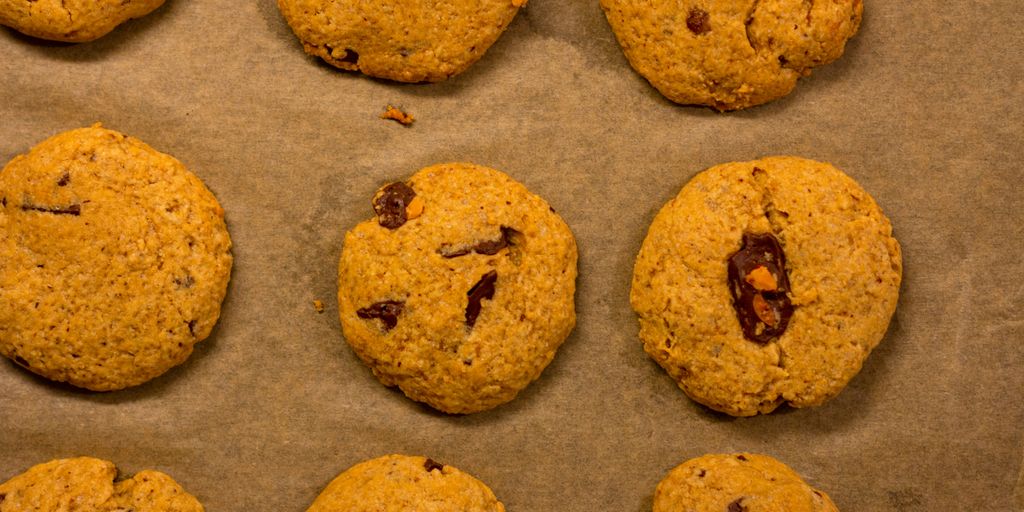Almond milk has become a staple in many eco-conscious households, appreciated for its health benefits and environmental friendliness. But a common question arises: “Does Almond Milk Go Bad?” Understanding the shelf life of almond milk is important for those who prioritize sustainability and health.
Factors Affecting the Shelf Life of Milk based out of Almond

Several key factors influence the shelf life of almond milk.
Firstly, preservatives in store-bought almond milk play a significant role. These additives help to extend the milk’s shelf life, making it last longer than homemade versions, which typically lack these preservatives.
Packaging is another factor that plays a very important role in the shelf life of almond milk. Almond milk that comes in sterile Tetra Pak cartons is designed for longer shelf life, thanks to the aseptic packaging process that prevents contamination and preserves freshness. In contrast, homemade or freshly packaged almond milk in regular containers may not have the same protective qualities, leading to a shorter shelf life.
Storage conditions also greatly impact the longevity of almond milk. When stored in a refrigerated carton, almond milk remains fresh for longer due to the cold environment that slows down bacterial growth. On the other hand, almond milk kept at room temperature, especially after opening, is more susceptible to spoilage due to warmer conditions that promote bacterial growth.
Signs of Spoilage in Almond Milk
Identifying when almond milk has gone bad is crucial for health and safety. The most common signs include:
Smell: Fresh almond milk has a mild, nutty aroma. If it starts to emit a sour or rancid smell, it’s a clear indicator that the milk has spoiled.
Taste: Spoiled almond milk often develops a sour or bitter taste, distinctly different from its normally mild and slightly sweet flavor.
Texture: Look for any changes in texture. Fresh almond milk should be smooth and uniform. If it becomes thick, clumpy, or develops lumps, it’s a sign of spoilage.
Color: Any significant color change, such as a yellowish hue or the development of dark spots, can indicate spoilage.
Mold: Visible mold growth indicates that almond milk should not be consumed.
Proper Storage Guidelines

Proper storage is key to extending the shelf life of almond milk and maintaining its freshness:
Refrigeration: Always store opened almond milk in the refrigerator. The back of the fridge is ideal as it offers a consistently cool temperature away from light and frequent temperature changes caused by door openings.
Storage for Unopened Shelf-Stable Almond Milk: If you have unopened shelf-stable almond milk, store it in a cool, dark place like a pantry. This type of almond milk has been processed to be shelf-stable, but heat and light can still affect its quality.
After Opening: Once opened, even shelf-stable almond milk needs to be refrigerated and ideally consumed within 7-10 days. This timeframe ensures that you consume the milk while it’s still fresh and reduces the risk of spoilage.
Avoid Cross-Contamination: Always use a clean utensil to pour or scoop out the almond milk. This practice prevents the introduction of bacteria into the milk.
Check the Expiration Date: While this date is more about quality than safety, it’s a good guideline to follow for enjoying almond milk when it’s at its best.
Conclusion: Enjoying Milk made out of Almonds with Peace of Mind
In conclusion, almond milk goes bad, but with proper storage and attention to spoilage signs, you can enjoy this dairy-free substitute safely. Embrace these sustainable practices and enjoy the freshness of almond milk in your daily routine.
FAQs
Does almond milk expire?
Yes, almond milk does expire. The expiration date on the packaging serves as a guideline for optimal quality.
How do I know if my almond milk has gone bad?
Spoiled almond milk often has a sour taste, unpleasant smell, or visible mold. Changes in texture or color are also indicators.
Can almond milk be stored at room temperature?
If you have got an unopened shelf-stable almond milk then it can be stored at room temperature. However, once it has been opened, it should be refrigerated.
What is the difference between shelf-stable and refrigerated almond milk?
Shelf-stable almond milk undergoes sterilization and is packaged to be stored unrefrigerated until opened. Refrigerated almond milk should be kept cold at all times.

















